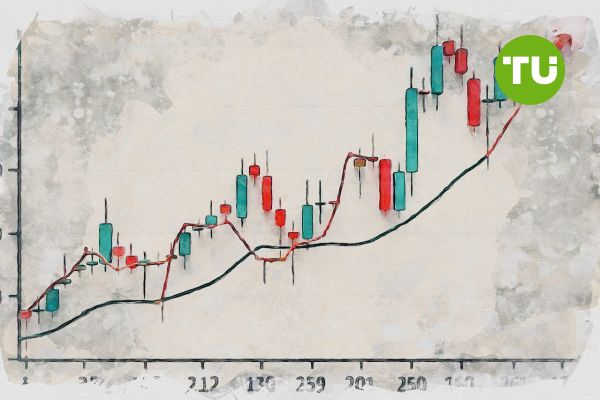U.S. Dollar Index weakens for third day in a tight range despite upbeat ISM data
 U.S. Dollar Index struggles to find direction amid bond yield divergence.
U.S. Dollar Index struggles to find direction amid bond yield divergence.
The U.S. Dollar Index (DXY) is caught between conflicting forces this week, softening short-term yields, firming long-term rates, and better-than-expected economic data.
The result is a market lacking conviction, reflected in three consecutive bearish sessions that have yet to break out of a constrained trading range between 99 and 100.
The most notable drag on the dollar’s momentum stems from the bond market. The 2-year U.S. Treasury yield, a key barometer for Fed policy expectations, slipped 0.70% to 3.81%, snapping a three-day climb. This pullback suggests growing hesitation about near-term tightening from the Federal Reserve. In contrast, the 10-year yield remains elevated, holding steady at around 4.36%. This yield curve divergence complicates the dollar’s trajectory.
DXY price dynamics (April - May 2025). Source: TradingView
This uncertainty is mirrored in the DXY’s price behaviour. On Tuesday, the index opened at 99.43, briefly tested 99.7 resistance during the Asian session, but has since dropped toward 99.10. Technically, RSI readings across multiple timeframes are in negative territory, suggesting that the bearish momentum is evident, hence, a third straight bearish daily close would reinforce this technical bias.
The U.S. Dollar Index response muted as bond yields diverge on policy uncertainty
Adding to the indecision is declining volume. Since the start of this week, trading activity has gradually weakened, indicating that traders are hesitant to commit until a clearer macro driver emerges. This quiet price action reflects a market waiting on a catalyst to break the deadlock.
However, the bearish outlook is not without any contrian possibility. The latest ISM Services PMI data for April surprised to the upside, rising to 51.6 compared to March’s 50.8. This stronger economic data could provide the foundation for a dollar rebound especially if upcoming inflation readings or employment figures maintain similar strength.
For now, the DXY trades in a compression zone, boxed between 99 support and 99.7 resistance. A clean break below 99 would likely accelerate short-term weakness, while a move back above 99.7 toward the 100 mark would need to be supported by renewed confidence in the Fed’s policy path or a resurgence in capital flows.
DXY rebounded from 99 to 99.4 after last week’s failed attempt to break above the 100 level. RSI showed warning signs of slowing momentum as traders awaited key PMI data.













































































































































